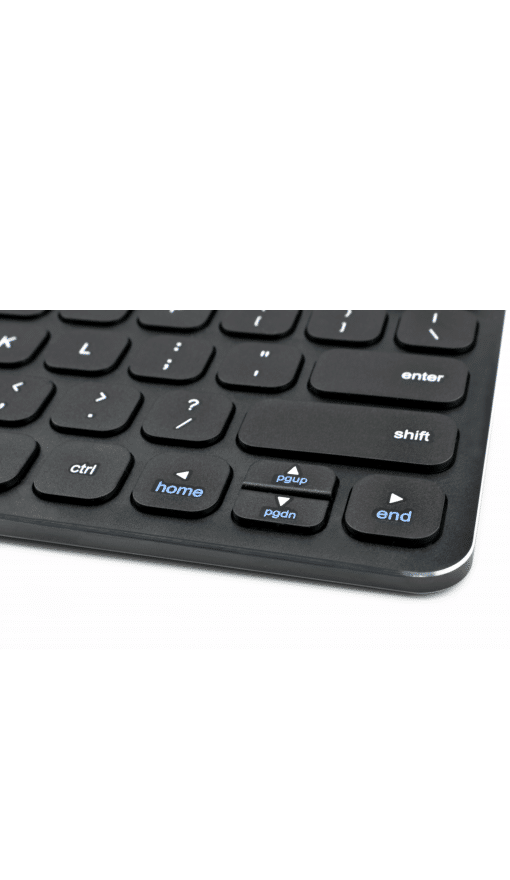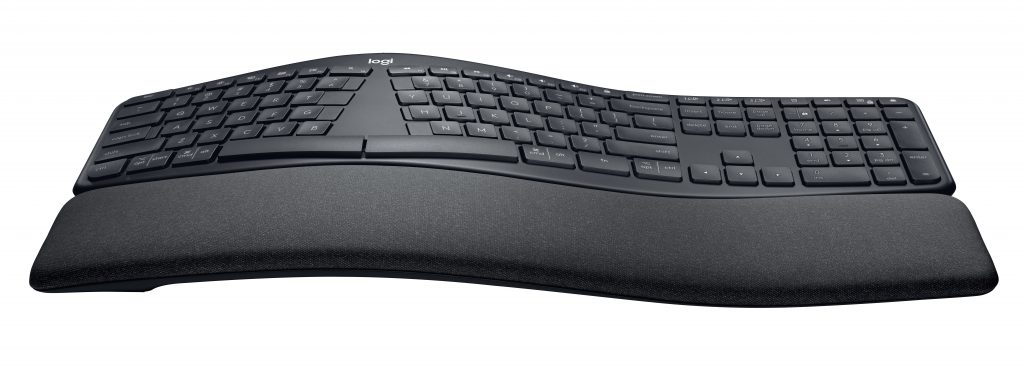

The left half has dedicated Undo, Cut, Copy, and Paste keys. It’s not a full-featured keyboard, as it lacks a standalone numeric keypad, but it incorporates all the items one typically needs. The Ergo Pro comprises two pieces, split across the touch-typing divide (5/6, T/Y, G/H, etc.). Clever and odd compromises for a two-half keyboard Quiet Pro, which for my 100 word-per-minute typing needs, I consider the gold standard. Their introduction over 11 years ago, using the key molds and switches of the original, beloved Apple Extended Keyboard. I’ve used a standard Matias keyboard since nearly (Listen to this 99% Invisible podcast episode, “ Suffice it say, chording keyboards didn’t take off, though they arguably are faster input methods and better for your hands. I have a clear memory of watching Stewart Cheifet’s Computer Chronicles TV program, a show that combined coverage of the computer industry with press-tour-like visits from product makers, in which the maker of aĬhorded keyboard talked about “antique keyboards,” referring to the standards. The keyboards were prone to failure and the subject of patent and invention lawsuits, and perhaps the easier story is that Apple was distracted in the mid-1990s, and just killed it off.

It was rumored that Apple killed this keyboard under the notion that if they offered a keyboard designed to better help users avoid repetitive strain injuries (RSI) from carpal-tunnel syndrome and other conditions, it meant the regular keyboard must be a hazard. Its list price was $219, or $356 in today’s dollars. I’ve been testing ergonomic keyboards for more than 25 years, dating back before one of my favorites, theĪpple Adjustable Keyboard (1993).


 0 kommentar(er)
0 kommentar(er)
